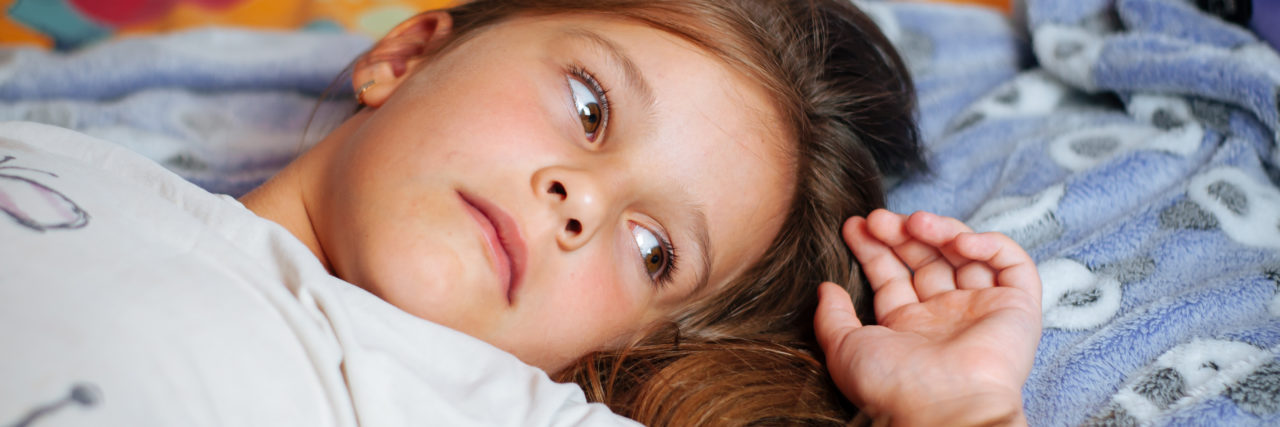Let me tell you about the time I got stoned in third grade. I was a weird kid – smart, scrawny, emotionally out-of-step, lonely. I dressed funny. I was no good at sports. In short, I was bully-bait. One day I was waiting at the bus stop with some other kids. They decided it would be a fun game to throw rocks – broken pieces of macadam – at my feet. I jumped over them easily, laughing along.
• What is Bipolar disorder?
Then one of them threw a rock and hit me in the head. As I was sobbing and bleeding, a passing teacher rescued me and called my mother. The kids ran off, yelling, “We didn’t mean to hurt her!”
I was wounded, nonetheless. Three stitches later, I was if not as good as new, at least able to carry on. The scar on the outside has since faded to invisibility. The scar on the inside is invisible, too, but very much still with me.
A lot of us have invisible wounds, and not all of them come with physical scars. There’s a whole category of conditions called “invisible illnesses.” They’re the ones that don’t come with wheelchairs or crutches or seeing-eye dogs. People who look “normal” on the outside but are fighting like hell on the inside. Some of these conditions are autoimmune disorders. Others are caused by developmental difficulties, uncommon viruses, and even hormonal disruptions.
Then there are the ones that live in the brain. In memories. In scars no one can see. In mental illnesses. What was wrong with me was mental and emotional, inside my brain. Maybe the other kids could sense that, and that was what made me a target.
There are a lot of the walking wounded among us, along with non-ambulatory people who are also wounded in other ways. People with brain injuries or PTSD. These disorders can strike anyone, and you can’t tell who those people are simply by looking at them.
In cases of serious mental illness, in particular, the wounds and scars, while internal, can be deadly. At least once, my own brain has tried to kill me. Bipolar depression, combined with irrational thinking and problems in the world outside my brain, left me with seemingly only one choice. Fortunately, I didn’t act on the pain. I lived through it.
Too many of us have invisible, internal wounds. Too many of us spend enormous amounts of time and energy pretending that we don’t. For some reason, internal wounds seem more shameful, less understandable, than external ones. A broken leg elicits sympathy. A broken brain, not so much.
I know that the rock that hit my head wasn’t what broke my brain. Bipolar disorder is much more subtle than that. Whatever its causes – and the jury seems to be still debating that – a minor physical impact is not considered to be one. The seeds of my bipolar disorder were likely already there, lurking in my differentness, my emotional oddities, my uncooperative but active brain.
But the incident sure didn’t help. It made me more vulnerable to the shocks and disappointments of life as a weird kid. It took a pothole-sized chunk out of what should have been my developing self-esteem. It opened up crevices in my brain where the doubts, fears, insecurities, and excesses of bipolar disorder could lodge.
Wounded people surround us every day. Sometimes the pain leaks out around their eyes. Others are more adept at hiding it. The important thing to know is that anybody – anybody – you see on the street or meet at work or at church or at the gym could have one of those invisible scars.
Not all the broken look broken. Not all wounds are visible. Not all scars are external.
Be gentle with other people. You never know who’s hurt inside.
Getty image by Tatiana Sydorenko.

